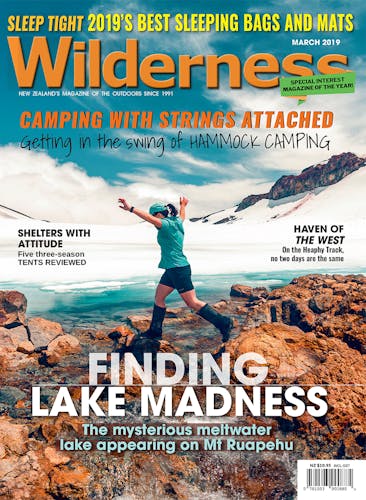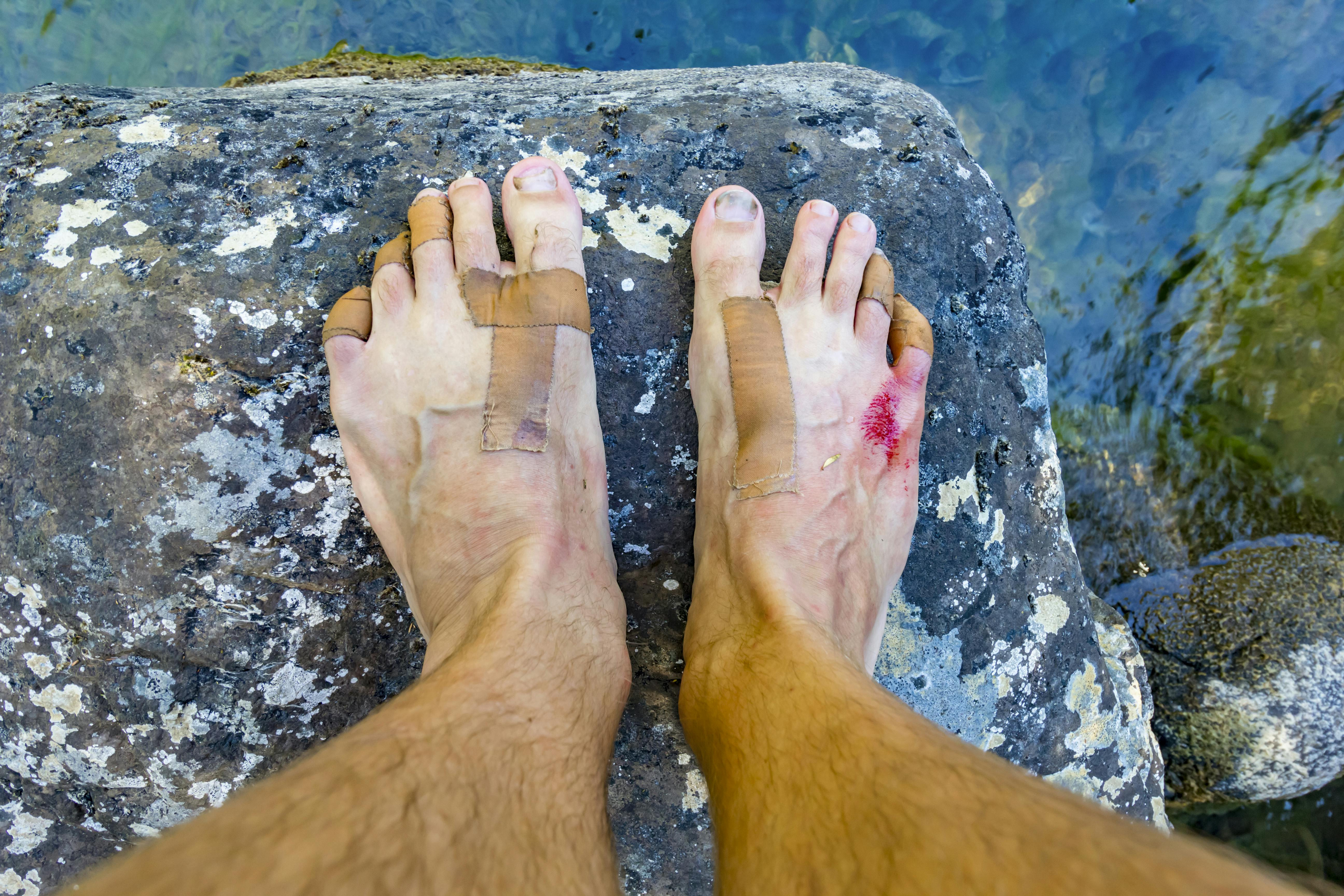Tramping is hard enough without the pain of blisters dogging every step, but with proper preparation you can overcome this friction affliction.
If there’s one sound I’ve come to associate with blisters, it’s the cringing gasps which accompany the removal of a damp sock at the end of a long day.
As wrinkled and pale skin is slowly revealed, so too are heels rubbed raw by the bite of boots and toes swollen to the size of grapes.
A curious crowd often materialises out of nowhere to inspect the damage and offer sentiments of sympathy and revulsion, unable to look away from the most relatable of tramping ailments.
As horrid as blisters can be, they can be treated and – better still – prevented by a bit of know-how and preparation.
Know your enemy
Knowing how and why a blister forms is the first step to prevention, and while there are many causes, friction is the one most commonly experienced by trampers.
“Essentially, what the friction is doing is shearing the top layers of skin against those deeper layers, which forms a separation of the two,” says PodiatryNZ chair Ben Lamb. “Your body fills that void with serum, which acts, to a degree, as a protectant and promotes healing.
“If the shearing is aggressive or prolonged, sometimes blood vessels can be damaged, and the basic clear blister will become a blood blister.”
Heels and toes are hotspots for friction, but the rarer toenail blister also crops up with trampers.
“The translation of your big toe hitting your boot and moving back and forth creates friction on your nail bed, underneath your toenail,” Lamb says.
Toenail blisters more readily get infected and may need draining, and seeing a doctor is recommended.
There’s one golden rule for blister care – don’t try and pop it. An open blister has potential for infection
Nip it in the bud
Prevention is key, when tackling blisters. “It’s the same old story – the better prepared you are, the less likely you are to get in trouble,” Lamb says.
“There is stuff that needs to be slowly built up, so if you’re just doing a three day tramp once a year, you’re likely to get problems. You need to get familiar with your footwear, socks and inner soles. If you have areas that are prone to blisters, address them beforehand.”
The “old school method” of drying feet with rubbing alcohol before booting up can help, but it’s all about personal preference, Lamb says.
If rubbing occurs despite precautions, trampers need to act as soon as they feel the telltale friction of a developing blister, Lamb says.
“If you feel a little hotspot, the worst thing you can do is ignore it – take the time to stop and address it. Try and lace your footwear differently, or change your socks,” he says.
“I would recommend masking the area with rigid sport strapping tape. It allows a degree of stabilisation of the top layer of skin.”
Lubrication gels, blister wool and bandages can also help inhibit the shearing friction, and Lamb advises experimenting with different solutions to find what works.
The faster trampers can subdue the pain, the better, Lamb says, as it’s common to change walking style to compensate for pain, which can lead to more blisters and other injury.
If worst comes to burst
Lamb has one golden rule for blister care – don’t try and pop it.
“Most of the time the serum [under the skin] is in a sterile state, but it can get infected, especially when people poke and prod it or tear the skin,” he says.
While a sealed blister will usually heal on its own, an open blister has greater potential for infection and may require medical treatment.
Antiseptic and soft, sterile bandages can be applied to open blisters.
The silver lining
As with a musician’s fingertips, repetitive wear of the feet will toughen the skin and reduce the likelihood of blisters.
“The body is very adaptive to pressure zones, so if you have a mechanical stress repeating over one area, your body will try and protect that area. If you get a blister, and it heals, and you apply more pressure to the area, you will get thicker, harder skin that is less likely to blister,” Lamb says.








